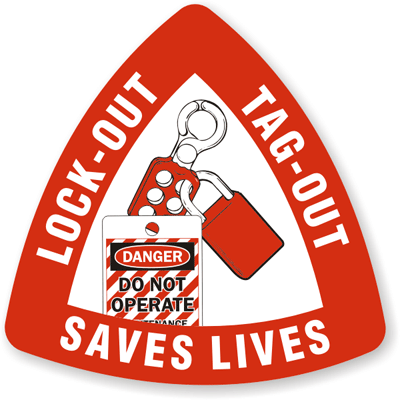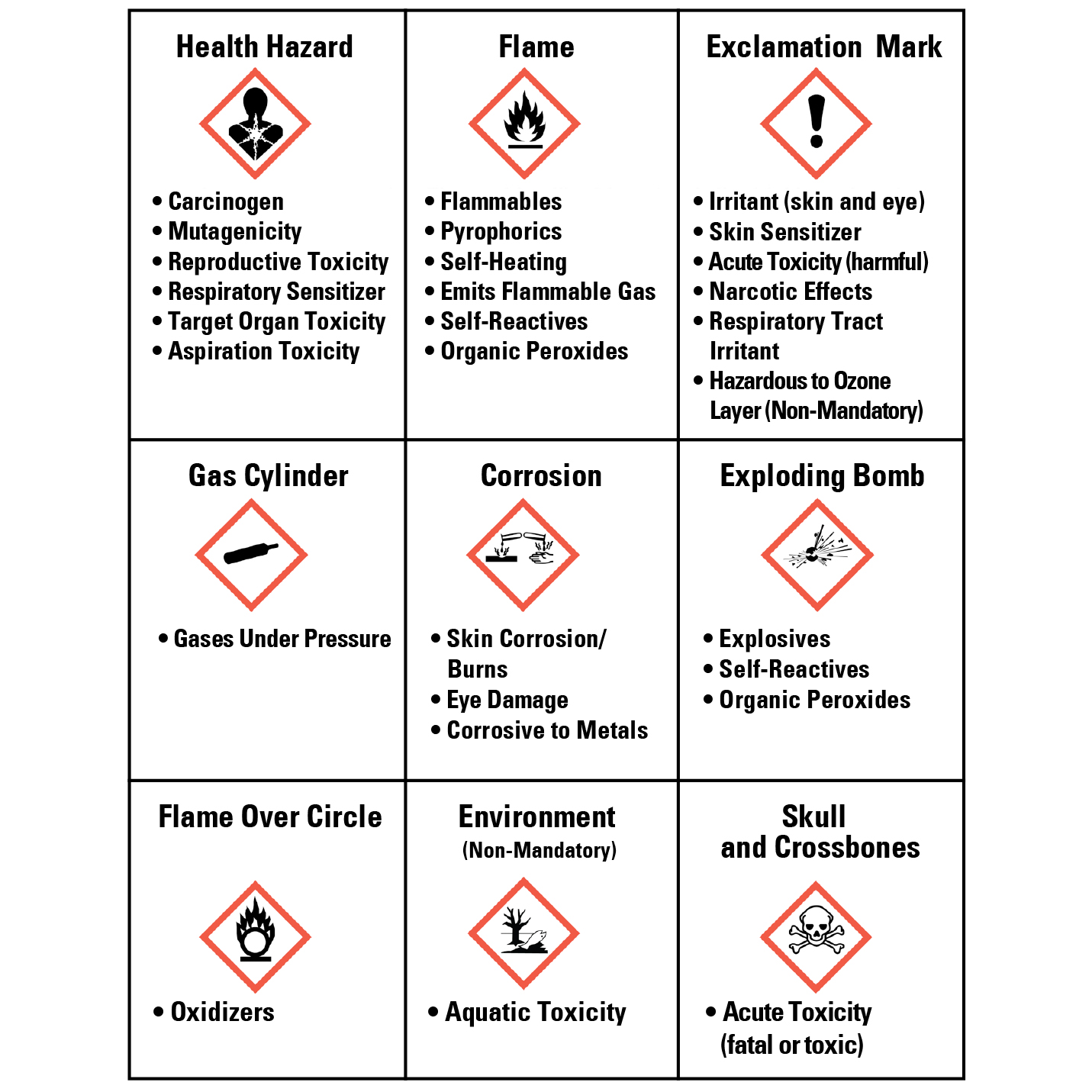U.S. EPA Changes EPCRA Tier II Reporting Standards
/The U.S. EPA has made changes to the Emergency Planning and Community Right-To-Know Act (EPCRA) reporting format. Since OSHA adopted the Global Harmonization of Systems (GHS) protocol, the EPA has updated their hazardous chemical inventory reporting requirements to match this standard.
Read More




















